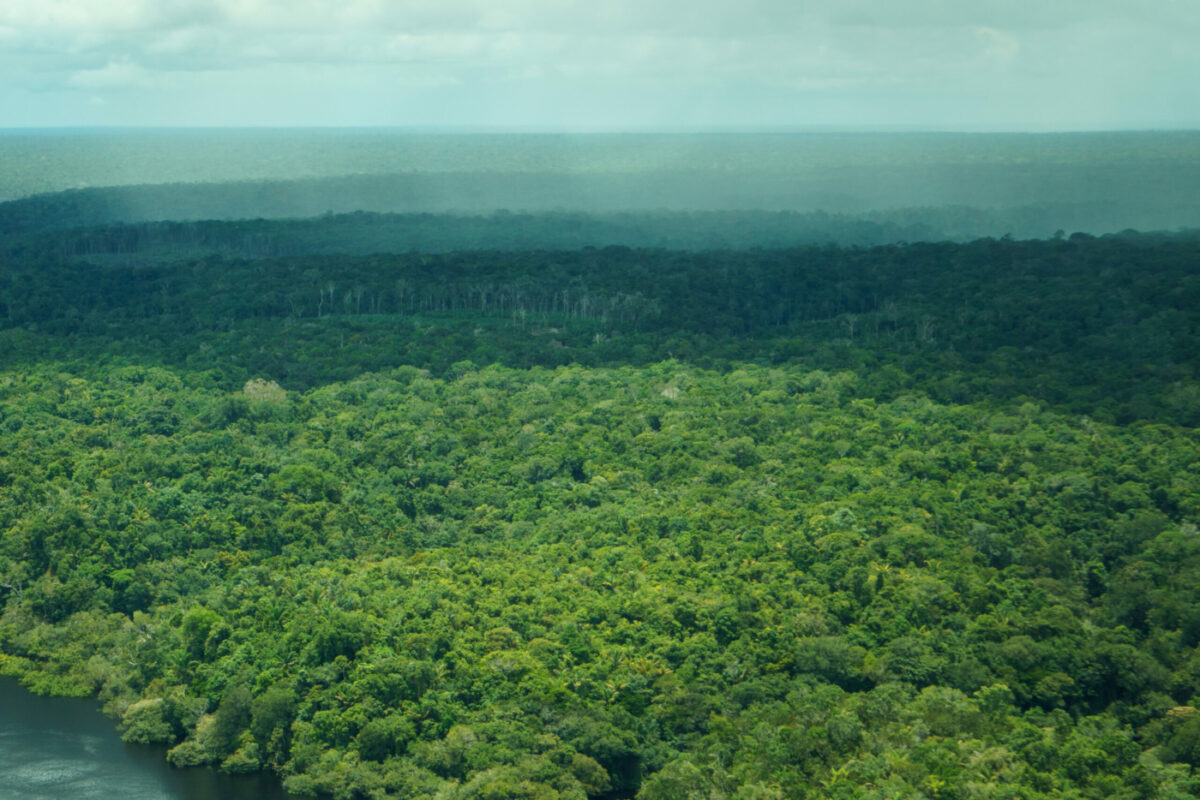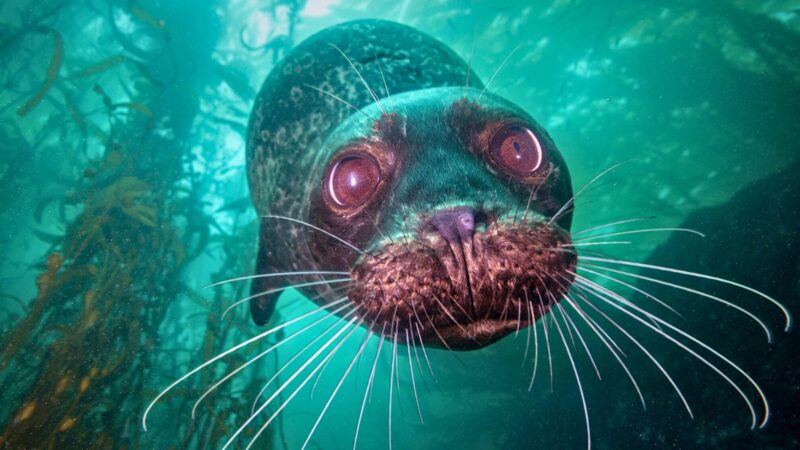
Global network for saving forests has its roots at UCLA
Task force gathers delegates from around the world to discuss how remote sensing can help stop deforestation
A report comes in: Smoke is rising from a remote area of the Amazon.
A government official pulls up satellite images to get a closer look. Was the fire sparked by lightning or set by loggers? Satellite data for the area near the fire reveals a road snaking through the forest — a road that didn’t exist a month earlier. The official sends a ground team to check for illegal logging.
Scenarios like that illustrate how satellite imagery could be a game changer in the global fight against deforestation, especially now that geospatial data is widely available, with remote sensors on planes, drones and a growing fleet of satellites. Such sensors, which once were the size of a minivan, are now the size of a car battery.
Scientists say mapping data can be used to help preserve forests. And because forests sequester tons of planet-warming carbon dioxide, forest preservation helps combat climate change. But the technology doesn’t always make it into the hands of the government officials whose job it is to fight deforestation.
In early June, UCLA School of Law hosted a four-day workshop on remote sensing technology for government representatives from around the world. The meeting was convened by the Governors’ Climate and Forests Task Force, which is housed at UCLA. Three dozen technical specialists from state governments in Brazil, Ecuador, Indonesia, Ivory Coast, Mexico and Peru came together to test out new technology, build skills using hands-on exercises and engage directly with product developers.
“You — the civil servants in this room — are our theory of change,” said William Boyd, an environmental law professor at UCLA School of Law and the leader of the task force. State governments, Boyd said, are “laboratories” that experiment with climate solutions in ways national governments cannot.
The representatives spoke candidly about the obstacles they face and how deforestation hurts their communities. They addressed the importance of protecting existing forests and replanting denuded forests as ways to keep carbon in the ground, as the planet barrels toward the 1.5 degree Celsius warming target set by the Paris Agreement.
And they shared information about the technologies they use to track deforestation, including open-source data, their own satellite imagery and information from paid services that offer geospatial data.
“With this comes a lot of information that’s being captured on a daily basis,” said Elsa Ordway, a UCLA ecology professor and expert on tropical forests. “The question here is, How do we make use of that?”
Ordway and Sassan Saatchi, a UCLA adjunct professor who also works at the Jet Propulsion Laboratory and is a co-leader of CTrees, a nonprofit carbon tracker, spoke about where the technology is headed. For example, upcoming satellite missions will add to the trove of information already available and make data available nearly instantaneously. Remote sensing should improve the ability to track everything from methane emissions to timber extraction to extreme drought. But, they noted, those advances will also bring challenges, like how local governments can possibly store so much data.
Attendees also received training in remote sensing technologies from several firms. Several delegates, interviewed through translators, said the workshop would help them train their colleagues back home.

UCLA ecologist Elsa Ordway, far right, spoke about the future of remote sensing technology and fielded questions from participants.
“We discovered a lot of tools we didn’t know about,” said Elie Kouman, a technical specialist from the Belier region of Ivory Coast.
José Felix Ayala, who directs planning, investigations and environmental education for Chiapas, Mexico, said road construction and clear-cutting for palm oil production have been among the chief threats in that state.
“What we are learning in this workshop will be specifically useful on those fronts,” he said. “I can use these skills and tools to better train the municipalities in Chiapas because they are basically the ones who produce the policies on what is considered illegal deforestation.”
Luana Tabaldi attended the meeting representing Roraima, Brazil — one of 10 delegates from that nation. “Mainly what we need is capacity building,” she said. “Because technologies are always evolving, what’s needed is to train more people with these new technologies.”
The Governors’ Climate and Forests Task Force is sponsored by UCLA’s Emmett Institute on Climate Change and the Environment and the UCLA Institute of Environment and Sustainability. It was launched in 2008 as a collaboration between California’s then-Governor Arnold Schwarzenegger and a handful of governors. The group now has 43 member states and provinces covering one-third of the world’s tropical forests, including the Brazilian Amazon.
Published:



